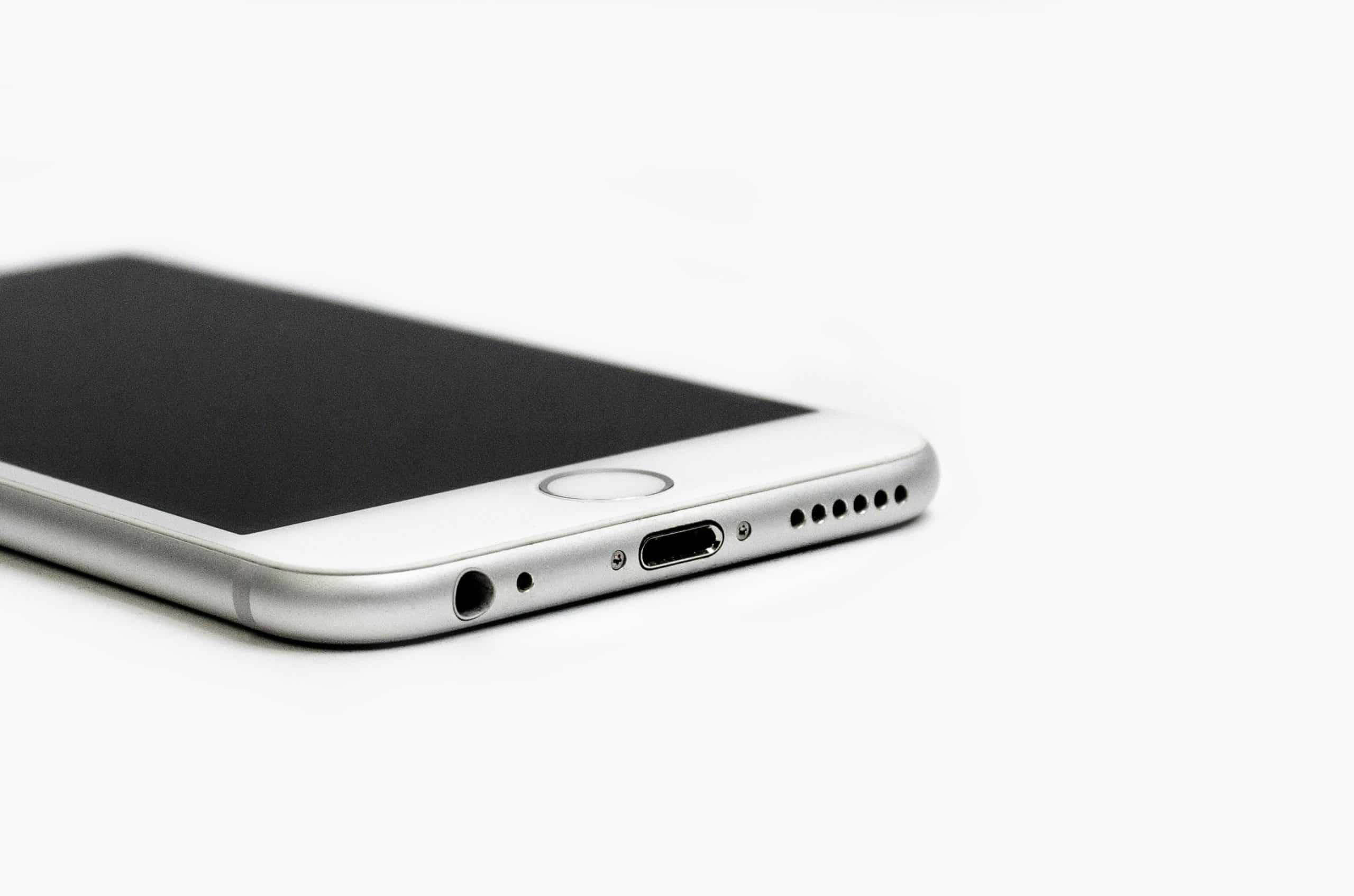On Thursday, the Pentagon announced that its top internal office would be investigating the allegations that Defense Secretary Pete Hegseth used the Signal app to discuss top-secret U.S. military information about a planned strike on Yemen. The revelation comes just 10 days after it was revealed that the editor-in-chief of The Atlantic was added to the Signal chat. The chat also included Hegseth, national security advisor Mike Waltz, Vice President JD Vance, and several other senior Trump administration officials.
The Objective of the Pentagon Investigation
“The objective of this evaluation is to determine the extent to which the Secretary of Defense and other [Department of Defense] personnel complied with DoD policies and procedures for the use of a commercial messaging application for official business,” Inspector General Steven Stebbins penned in a memo to Hegseth.
The new investigation was sparked by a letter written on March 26 by Sen. Roger Wicker, R-Miss, and Sen. Jack Reed. Both senators asked in the letter for Stebbins to “conduct an inquiry” into whether sensitive/classified information was shared by Hegseth during the chat.
The senators requested that Stebbins determine exactly what was shared during the chat by Hegseth and whether he followed the Pentagon’s classification and declassification policies. They also want clarity about whether policies on sharing sensitive/classified information on devices and networks that are nongovernmental.
Hegseth Denies Sharing Any Top Secret Information
Both Hegseth and the other administration officials involved have denied that any top-secret information was shared during the chat. The inquiry will investigate whether the rules and record retention were also followed.
Last week, Jeffrey Goldberg of The Atlantic wrote that he was added to the Signal group chat by Waltz. During the chat titled “Houthi PC small group,” Vance, Waltz, Hegseth, Secretary of State Marco Rubio, John Ratcliffe, the director of the CIA, Director of National Intelligence Tulsi Gabbard, and White House chief of staff Susie Wiles openly discussed military plans to strike Houthi militants in Yemen.
The Atlantic Releases Transcript
Hegseth and the White House publicly denied that any classified information was shared during the chat, and in response to the denial, The Atlantic published the full transcript of the chat.
The published transcript included both the nature and timing of the strikes and used the following language: “1410: More F-18s LAUNCH,” and “1536 F-18 2nd Strike Starts, as well as first sea-based Tomahawks launched.”
Democratic lawmakers held congressional hearings where they expressed concerns about the Signal chat, including whether it was appropriate to use a commercial app to openly discuss confidential military information. On Tuesday, during his Senate confirmation hearing, Lt. Gen. Dan Caine, Trump’s nominee for the chairman of the Joint Chiefs of Staff, refused to state whether officials should have chosen to use a more secure method of communication to discuss the Yemen attack plans.
“What I will say is we should always preserve the element of surprise,” Caine told senators. Last weekend, President Donald Trump said that no officials associated with the Signal chat would be fired.








